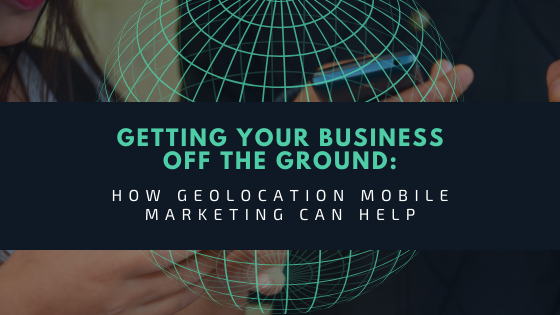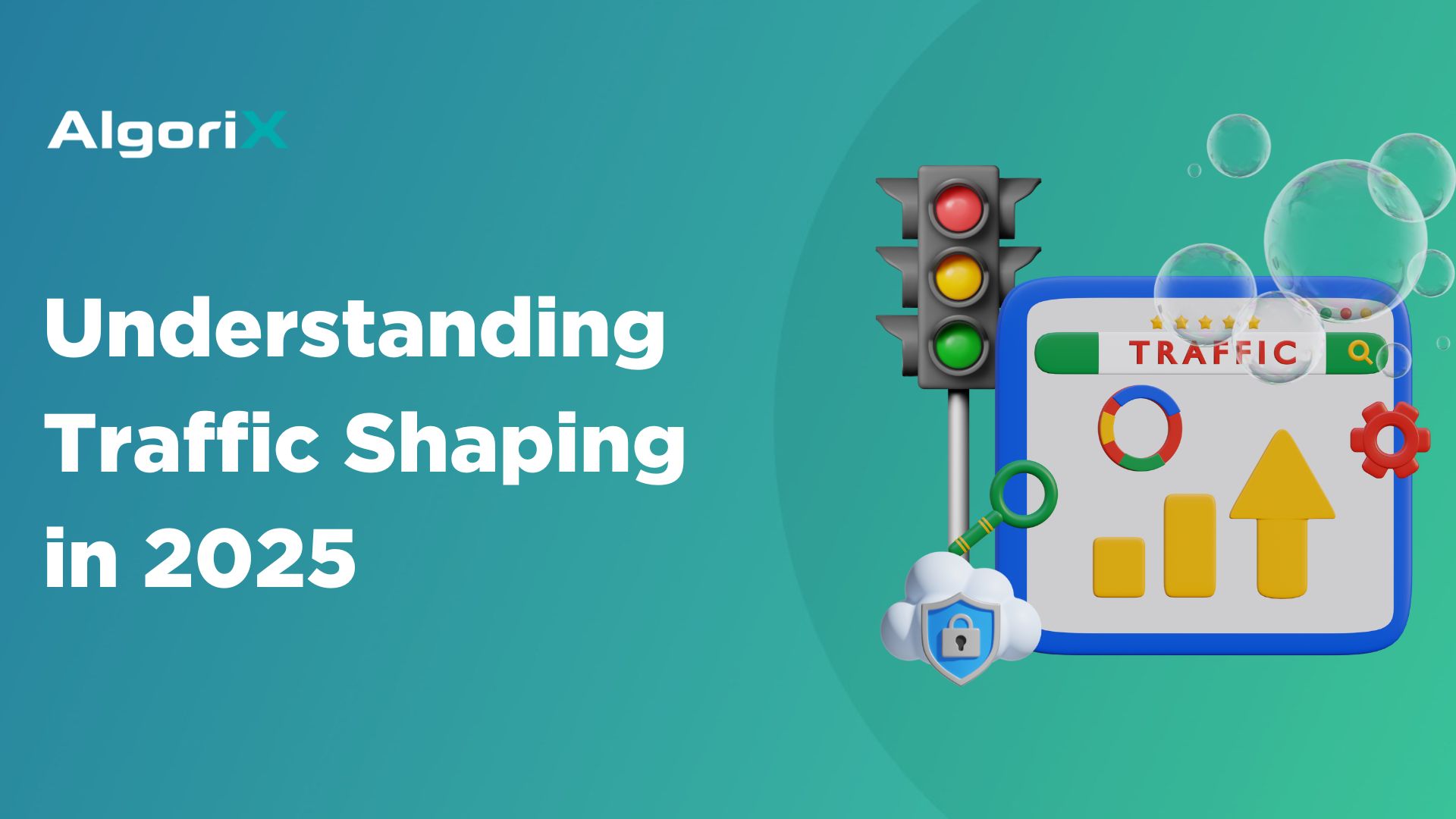In the past years, a surge in the use of the Internet caused a major shift in the business processes of organizations. No matter the business size, business owners have to deal with stiffer competition and stricter regulations. As such, marketers need to amp up their creative techniques to edge out their competitors and benefit from increased ad revenue. This competition caused the shift to mobile marketing.
The Era of Mobile Marketing
According to the data presented by Statista, there are currently 3.5 billion smartphone users in the world, and it could reach 3.8 billion by next year. Each user would spend roughly three hours and 15 minutes on the phone on a daily basis, based on the research conducted by RescueTime. For marketers, this is an opportune time for them to carry out their mobile marketing strategies. However, effective mobile marketing can only happen if marketers can have a clear understanding of their mobile audience to help them design content that would strategically target the right audience and consequently increase their ad revenue. This is where geolocation comes in.
How Geolocation Mobile Marketing Can Boost Ad Revenue?
Pay-per-Click Geotargeting
Pay-per-click (PPC) advertising is an effective advertising strategy that can push a brand towards the first search results page. However, there is no assurance of conversion so it might not be as cost-effective. To make it work, marketers should turn to geotargeting. PPC geo-targeting allows organizations to display advertisements to target audiences that are within an identified location based on their IP addresses.
Personalized Content
Nowadays, being a successful brand means putting your customers first. For this reason, any content must glean from the customer’s buying journey. Advertisers must look at the past behavior – which advertisement they clicked and what search terms they use. Similarly, content personalization can also happen by identifying the physical location of their target audience. How? Knowing the geographical location can help marketers convey their messages more effectively by using the consumer’s regional expression to make their content more relatable. Note that about 49% of customers would buy items, not because they need it, but because it was a personalized recommendation from a brand that they have built a relationship with. In fact, many consumers are willing to pay more if they believe they can get a personalized experience. For example, an e-commerce store can adjust its website depending on the geolocation of its consumers. They can have products for sale reflecting the local currency so they don’t have to keep converting for every item they would like to purchase.
Localized Mobile Marketing
Marketers can make the most out of their ad campaigns if they can carry out localized mobile marketing efforts. As much as 78% of local mobile searches resulted in offline purchases. That said, geotargeted mobile marketing is crucial to know the local pulse – what are the best products that would address the need for this locality? From there, marketers can create a mobile-optimized campaign that would have better sales conversion.
Geolocation mobile marketing is the future and AlgoriX can help you take advantage of this particular strategy. What other strategies can marketers can apply to help drive up their ad revenues and increase sales conversions?













